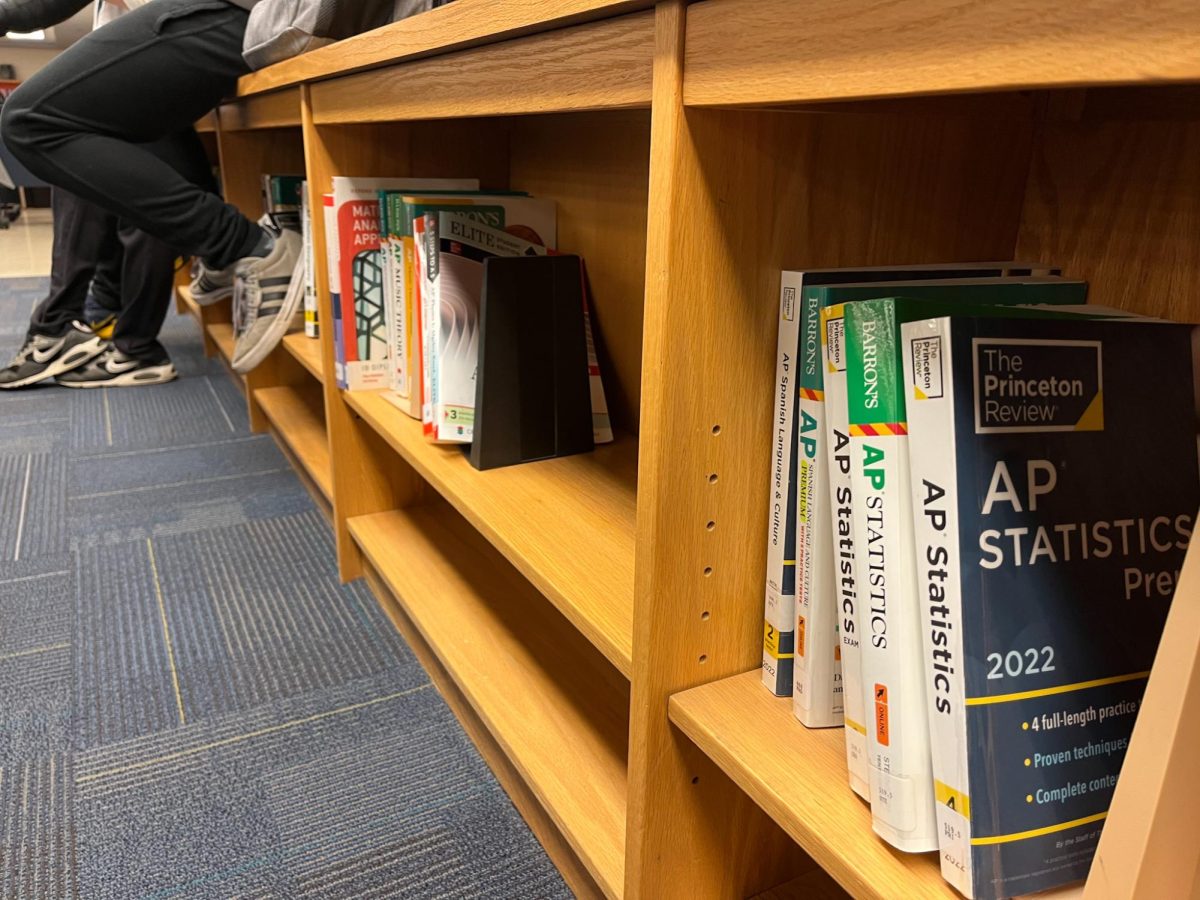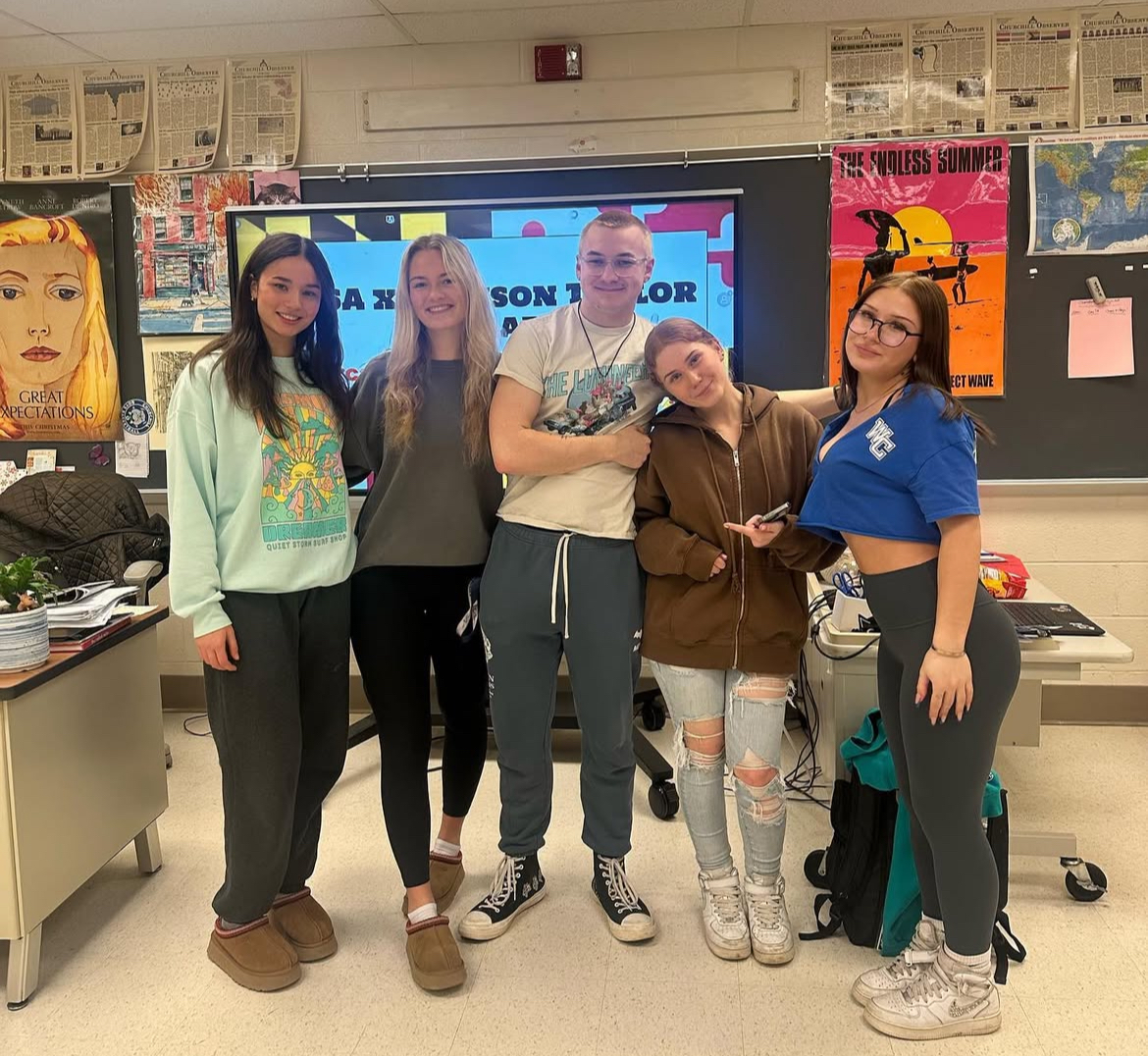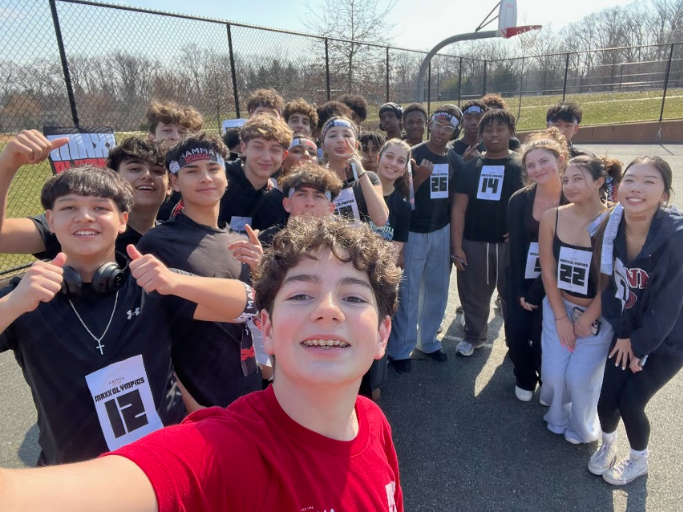 In a high estimate, the world will run out of oil in 95 years at current consumption rates.
In a high estimate, the world will run out of oil in 95 years at current consumption rates.
Many Americans feel that alternative energy sources working alongside oil and then eventually replacing it have to be worked into the overall energy systems of the world. This option needs government help to be fully implemented, but regular citizens also have many options to cut their everyday energy costs.
Technology education teacher David Hurless is one Maryland resident who has made his home more energy efficient.
When Hurless bought his home eight years ago, he made sure all of his appliances were energy efficient and all his lights were CFLs (compact fluorescent light bulbs).
“Because I was a utilities engineer, I am very familiar with energy usage and consumption of various systems and end users,” Hurless said.
Hurless also installed solar panels on his home in February. The panels started producing energy and “went online” Feb. 10, meaning his system is accessible through an online monitoring service, and he can track the energy his panels put out.
“I installed the solar panels after I realized the windmill I had installed did not generate enough power for my needs,” Hurless said. “The wind in Maryland does not have enough steady velocity to produce the standard household electrical needs. I had been studying it for a while, because I’m very methodical when it comes to making important decisions, and I wanted to be sure it would give me the electrical return I needed for my home.”
According to its website, Pepco aims to have 18 percent of its energy generated come from renewable resources by 2020 for the Maryland region.
When people put up windmills or solar panels in Maryland, the energy produced goes directly into their homes or businesses.
According to Lisa Bladen, a Pepco Green Power Consultant, the energy produced from anyone’s personal generator in Maryland, whether it is a solar panel or windmill-energy created, goes directly to power that person’s home and “only excess generation is put back into the grid.”
Installing solar panels is not for
everyone and depends on location.
“You need site suitability, meaning sun availability,” Hurless said. “There must be no trees to block the panels and the ideal roof is 180 degrees to the south, with a standard roof pitch between 14 and 30 degrees.”
Montgomery County residents who want to install solar panels on their homes must go through an application process.
According to Bladen, residents have to initially apply to Pepco for what they propose to do, and the application goes through an internal review. If the application is approved, then residents can install their system after a county inspection.
For Hurless, the main factor for installing solar panels was economic benefit.
“Installing solar panels have cut my electric bill by 50 percent and the rebates from the state and federal government organizations have basically eliminated my electric bill,” Hurless said. “The plus is to save the environment. As more people install solar, the carbon dioxide emissions go down. It is like planting trees but you don’t actually have to plant a tree.”
Despite the monthly savings, installing solar panels on one’s home may be a big investment. Hurless’ panels cost $31,000 to install. He is doing a ten-year payback cycle and believes the panels should last 30 years, giving him about a 20-year profit.
“We need to become energy sustainable,” AP Environmental Science teacher Rogers said. “We need to become leaders and role models in the energy revolution. We need to create a world where our children are happy and healthy with the choices we have made.”







